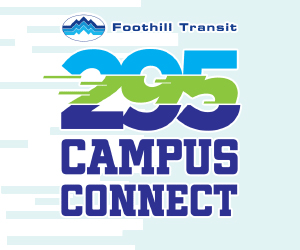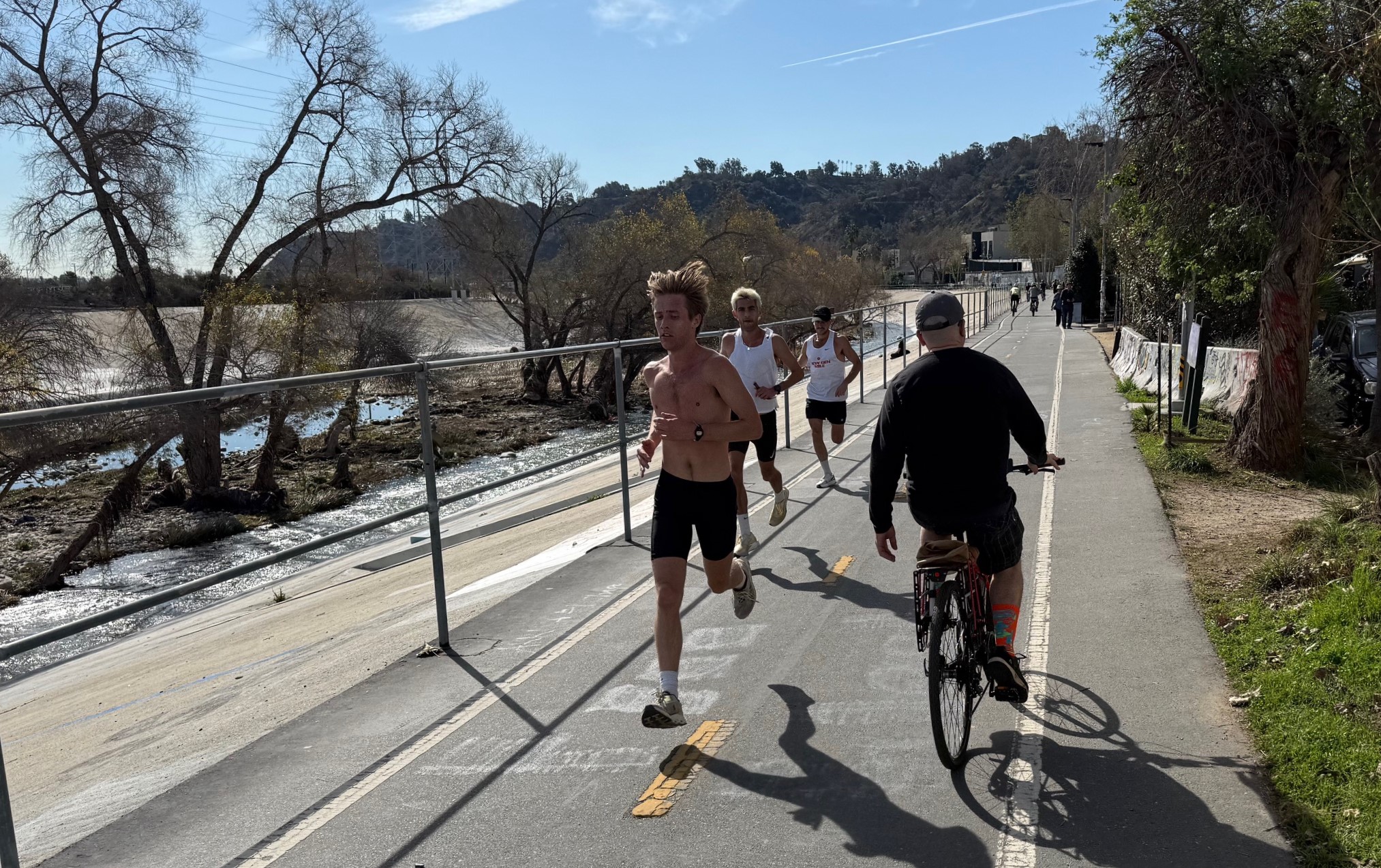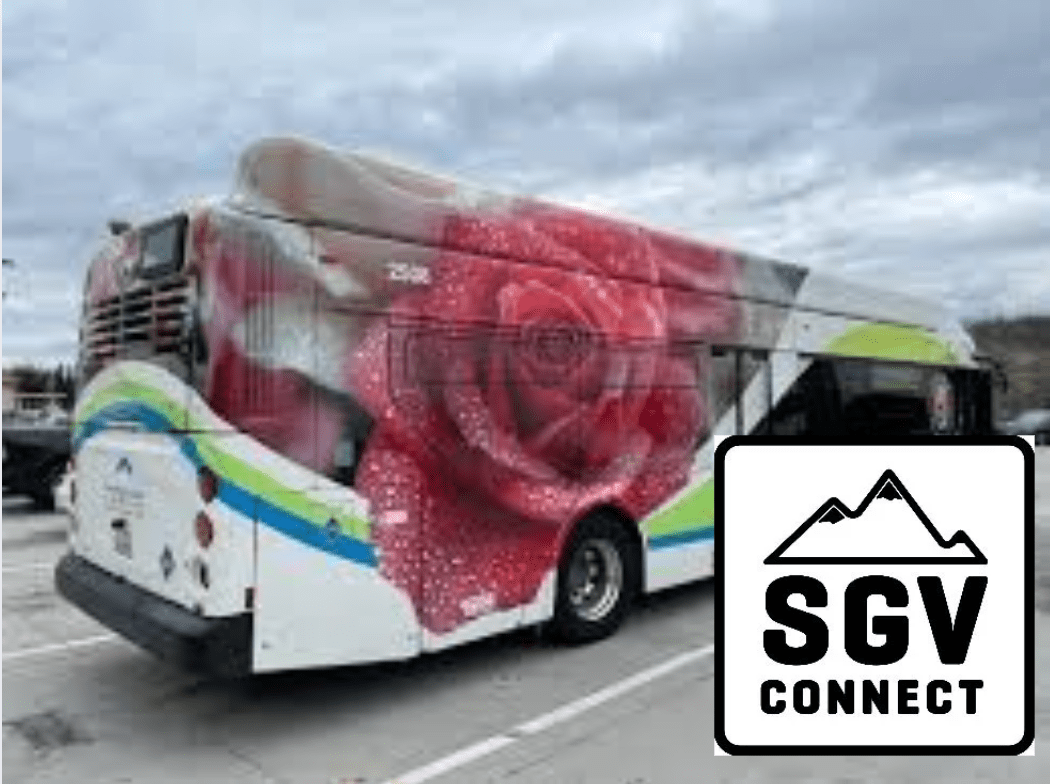Increasingly, transit investments are framed in terms of economic development, rather than public service. Cities conceive of new rail lines with the condo developer or tourist in mind, ignoring the low-income commuter who can’t afford a car and the senior who relies on transit to get to the grocery store.

A rendering of Detroit's Woodward rail line. Leaders hope this transit project will draw investment back to the central city. Image: Mlive.com
Yonah Freemark at the Transport Politic writes that this tension is currently playing out in Detroit, where the private sector has seized on a plan to develop light rail in the central city. An example of new-school transit thinking, the project is aimed at catalyzing development along the Woodward Corridor. Meanwhile, budget shortfalls may force the elimination of night and weekend bus service.
Such situations raise questions about the purpose of transit, Freemark writes, in Detroit and beyond:
This produces an identity crisis for transit. For whom is it developed? Can its social mobility goals be reconciled with the interests of capitalists in the urban space?
Identifying the value of a transportation project is an essential element of the planning process, so asking these questions is essential, since there are limited resources. When it comes to transit, this seems particularly relevant, since most funds invested in bus or rail projects are provided by the public sector.
Do we invest our funds in a project to connect downtown with the airport, under the assumption that economic benefits will flow down from the top, as conservatives might suggest? Is spending government money on ensuring the efficient transportation of the elite effective because it grows the economy as a whole and eventually aids the poor? Or should public dollars be reserved for redistributive causes, focusing on the needs of those who are least able to provide for themselves?
These are big questions. What do you think?
Elsewhere on the Network today: The Overhead Wire explains how Houston’s light-rail plans are being undermined by freight right-of-way. Green City Blue Lake reports that the Akron, Ohio region has developed a land use and transportation plan with the goal of a “vibrant urban environment.” And Car Free Baltimore offers a first-hand account of the physical and mental transformation brought on by a year of car-free living.






